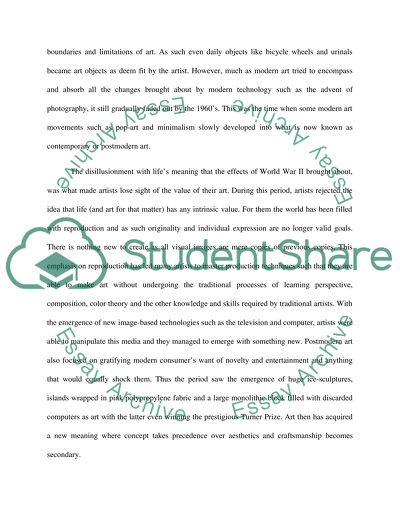Cite this document
(“Modernist Art Form and Post Modernist Art Form Essay”, n.d.)
Modernist Art Form and Post Modernist Art Form Essay. Retrieved from https://studentshare.org/visual-arts-film-studies/1505174-modernist-art-form-and-post-modernist-art-form
Modernist Art Form and Post Modernist Art Form Essay. Retrieved from https://studentshare.org/visual-arts-film-studies/1505174-modernist-art-form-and-post-modernist-art-form
(Modernist Art Form and Post Modernist Art Form Essay)
Modernist Art Form and Post Modernist Art Form Essay. https://studentshare.org/visual-arts-film-studies/1505174-modernist-art-form-and-post-modernist-art-form.
Modernist Art Form and Post Modernist Art Form Essay. https://studentshare.org/visual-arts-film-studies/1505174-modernist-art-form-and-post-modernist-art-form.
“Modernist Art Form and Post Modernist Art Form Essay”, n.d. https://studentshare.org/visual-arts-film-studies/1505174-modernist-art-form-and-post-modernist-art-form.


